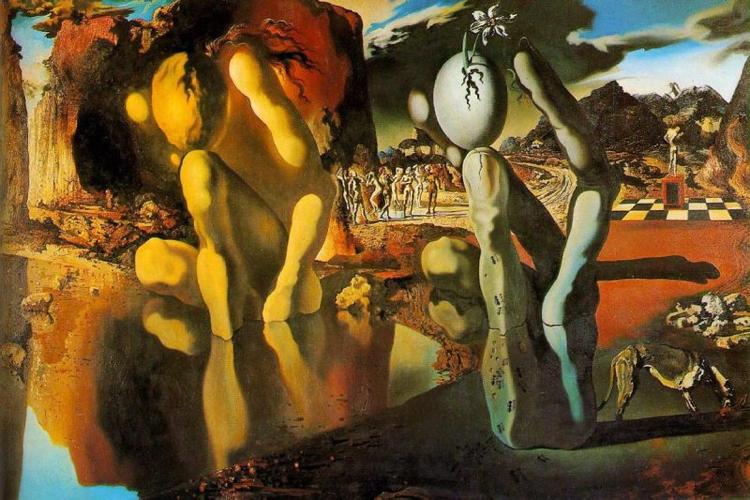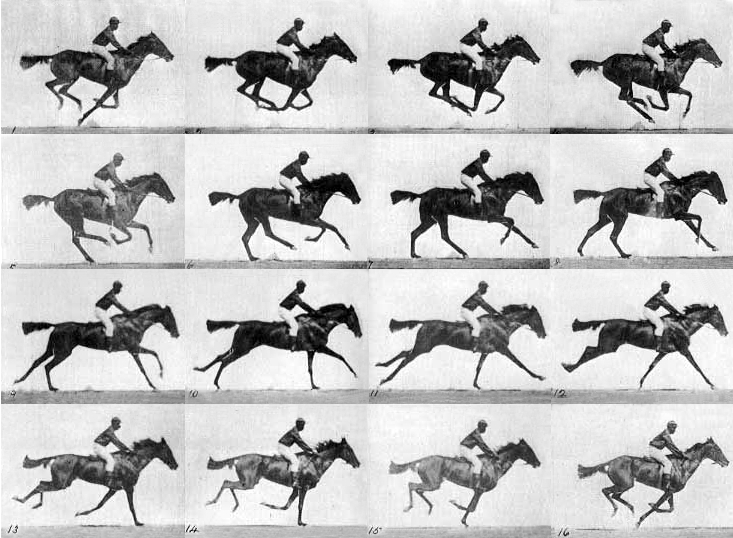We are all aware of the discrimination X-Men deal with time and time again for their mutation. So are we going to get something different this time?
Nope! And I don't care, I am 100% biased when it comes to X-Men. I will most likely love everything that has to do with X-Men (even that one movie that we never talk about). Just a quick disclaimer before you go on with this post.
The X-Men want to be accepted and they want to be part of society as equals.
BUT what they want above anything else is to
survive. Survival is at the core of everything. We discussed this last class when we were talking about art. I argue that everything stems from survival. We eat to survive, we reproduce to keep the human race alive, we create technology to make it easier to survive, and so on. Survival is a theme in X-Men. In
Astonishing X-Men, whether they admit it or not, the X-Men are doing whatever it takes to survive (at least within issues 1-3, we'll see). Yes they are treated unfairly, yes they are oppressed, but forget about all the social injustices. Those injustices do not matter if they are all dead. So Cyclops decided to bring some of them together and not just "make nice with the public," (23) but "astonish them" (24). Public opinion is crucial to the survival of the X-Men (duh).
Emma Frost gave that depressing speech/warning about how humans will always hate them, they can never trust them, and how they will never be at peace (10-12). It seems like there is no hope for the mutants, so why even try to get the public to like them? Because they see that the Avengers, S.H.I.E.L.D., Fantastic Four and all of the other superheroes are not just tolerated, but loved at times. Cyclops thinks that by mimicking them and creating a team of superheroes, the people will automatically change their perception. He thinks superheroes' tights or spandex will help them survive.
 |
| https://media0.giphy.com/media/114AZ0sxe9dyMM/200_s.gif |
There is one thing that he is forgetting: mutants are people who developed these powers without any explanation. The Avengers, the Fantastic Four and even S.H.I.E.L.D. obtained their powers either because they are aliens, there was some scientific experiment/accident, or just through training. In other words, they have an explanation for being
different. It does not matter that the X-Men created a superhero team, the costumes they wear, the people they save. or how many worlds they save. Nothing matters because the humans will always see the mutants as a threat to their survival. They see them as the "next step in evolution... the end of humankind" (25). Just think about how many times you were intimidated by someone who you thought was stronger, smarter, or more attractive than you. Whenever that happens to me, I feel threatened by their perceived superiority. My instincts tell me to either stay away from them or one-up them somehow. The humans are also doing whatever it takes to survive. The humans however, have the support of the government and other non-mutant superheroes. The mutants have no one. Even Nick Fury and S.H.I.E.L.D. will not help them because they are seen as threats, not allies. The mutants are on their own.
 |
| https://lovelace-media.imgix.net/uploads/1143/9983e210-0403-0134-24a3-0e1b1c96d76b.gif? |









